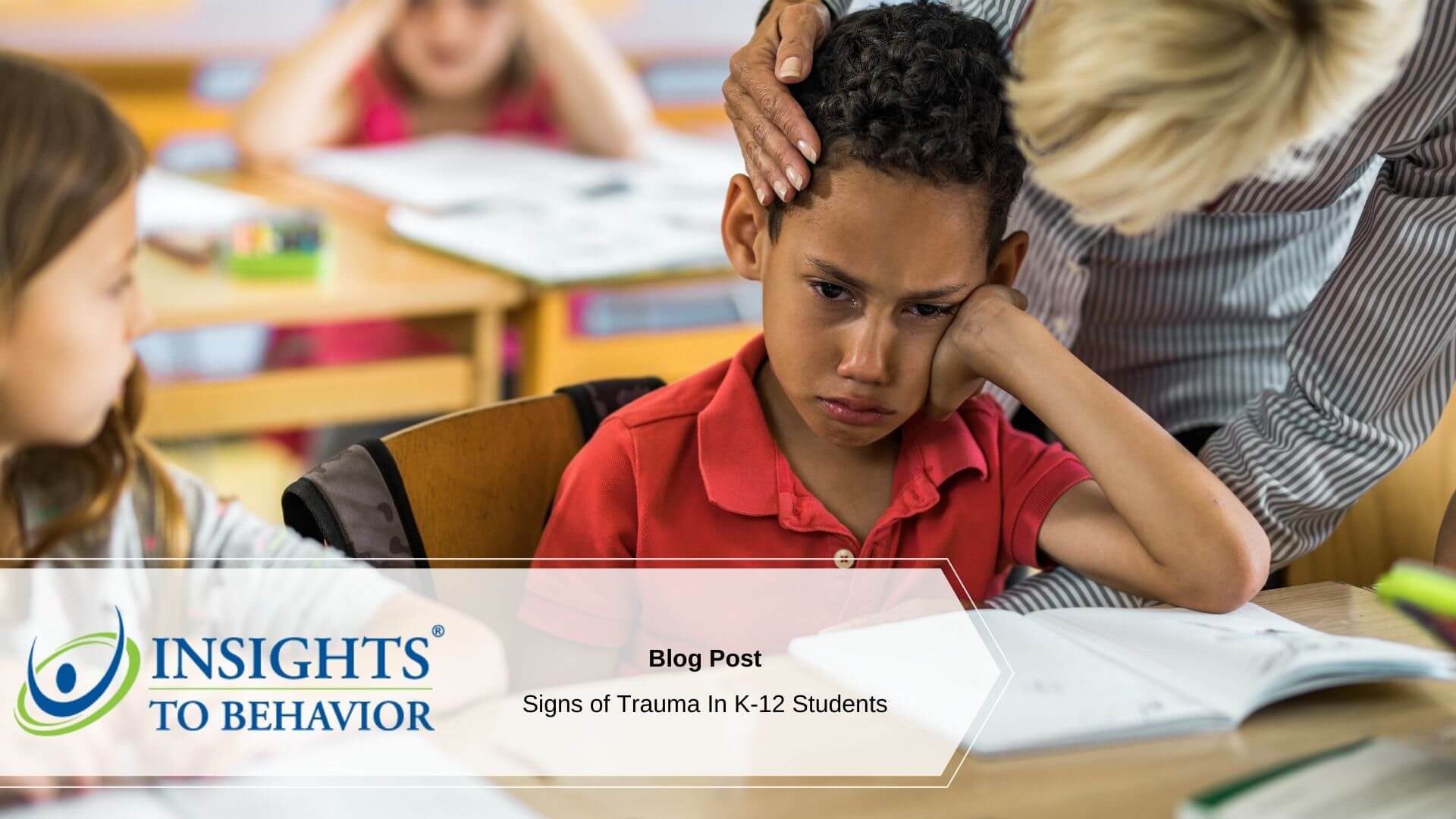Over 35 million American children have dealt with childhood trauma. That’s almost half of the nation’s children.
But how can you tell if one of your students is going through something or dealing with their own trauma? And how can you help them? There are specific signs to look out for and ways to respond to students who are experiencing trauma.
If you work in a school and need to understand these signs, keep reading. Once you are able to identify these signs of trauma, you will be more prepared to help your students work through theirs.
What Is Trauma?
Before you can fully understand the signs of trauma, it’s important to better understand what trauma is in children.
The Substance Abuse and Mental Health Services Administration (SAMHSA) defines trauma as something that harms a person’s body, emotions, and/or psychological condition.
Trauma can occur because of a single event or multiple events.
If someone goes through a traumatic event, its effects are long-lasting and need to be addressed as soon as possible. Many children feel as though the trauma is their fault, and they may keep silent about it. Since that’s often the case, it’s even more important for K-12 professionals to know the signs.
Signs of Trauma in Elementary School Children
Younger children respond to trauma in many different ways. Some may be able to talk about what happened, and others might withdraw and dramatically change their behavior. Here are a few key things to look out for:
- Increased fear, like being jumpier and having more nightmares
- Drawing the event or talking about the event
- Physical complaints that do not have any direct causes, like a stomach ache
- More aggressive playing behavior
- Mood changes that may result in being withdrawn from friends and teachers
- Increased childish behavior
Since trauma in young children can actually delay their learning, getting to the core of the issue and talking to them about it can help them as they get older.
If you notice these behaviors, it’s important to continue positive reinforcement to help ease the child’s emotional and psychological distress. Punishing them for their behaviors may often make it worse.
Signs of Trauma in Middle School Children
The signs of trauma in middle school students are a mix of what you would see in younger and older children. Some students may fall back and respond like a younger child, while others will have a more age-appropriate response. It’s important to know what to look for since it can manifest in multiple ways.
Here are a few things to look out for in middle school children:
- Changing behavior, like less concentration, angry outbursts, irritability with others, and withdrawal from activities
- Increased somatic complaints, like a stomach ache or headache
- Emotional numbing
- Overreacting to noises or experiences that remind them of the trauma
- Increased anxiety and fear for themselves and others
Looking out for these signs is crucial to understanding how to deal with the situation. Getting students help right away will allow them to deal with the trauma and get back to learning in the classroom.
Signs of Trauma in High School Kids
Trauma in high school kids may manifest differently in their behavior than in younger children. If this trauma has been going on for a long time, it may seem like the child has conduct issues since the trauma-induced behavior was never addressed.
A few things you should look out for in high school kids are:
- Children that have a hard time focusing
- Children who have a hard time recalling information
- Students who do not want to participate in discussions or raise their hand
- Withdrawn or disengaged behavior
- Incomplete assignments or assignments not turned in at all
Creating an environment where these students can thrive will help them get back on track. Pay attention to these signs so that you can know who needs additional support.
Managing Trauma In the Classroom
Although teachers are mandated reporters, it does not mean that they should ask more questions if they suspect something has happened. Instead, a teacher needs to report a suspected incident and continue with trauma-informed teaching practices.
Teachers who understand trauma and its effect in the classroom (and on their students) will teach with this at the forefront of their minds.
Here are a few examples of trauma-informed teaching:
- Teaching with a focus on mutual respect and understanding
- Creating a safe environment for children’s physical, emotional, social, and academic needs
- Empowering students to make their own decisions
- Emphasize strengths over weaknesses
- Focusing on the “why” behind assignments and tasks
While trauma looks different and manifests differently in all children, teaching with these specific trauma-informed practices will allow these children to heal during critical periods in their lives.
How Behavior Management Can Help
Managing student behaviors can be difficult, but adding in behaviors due to trauma can make it ten times harder. There is more to behavior management than just discipline.
Creating a behavior management plan can be challenging because every child is different. If you believe behavior management software could help the children you know who have experienced trauma, schedule a demo session for Insights to Behavior today. See how individual behavior intervention plans can be created in under an hour, and learn how to track student behaviors over time.




